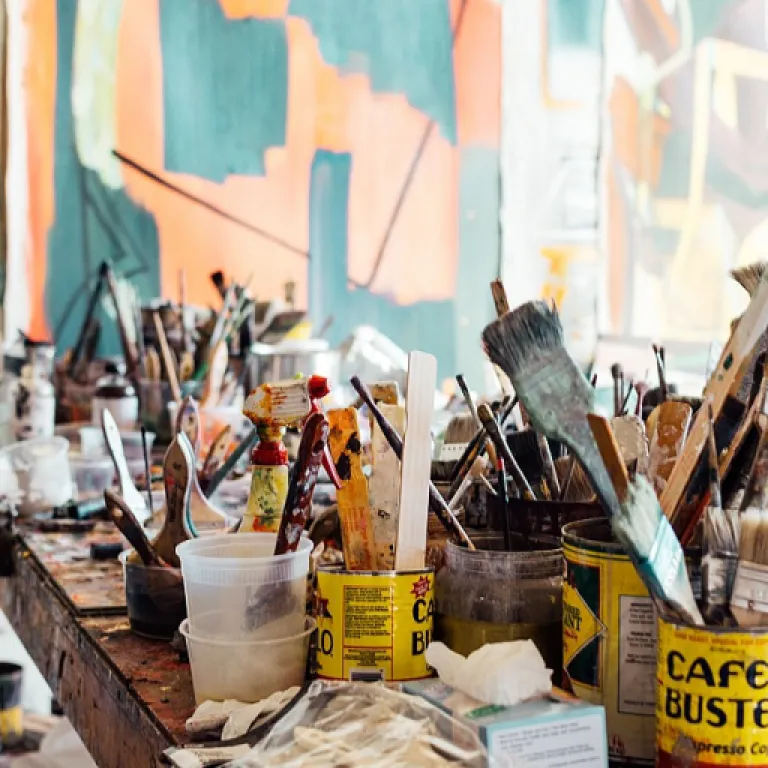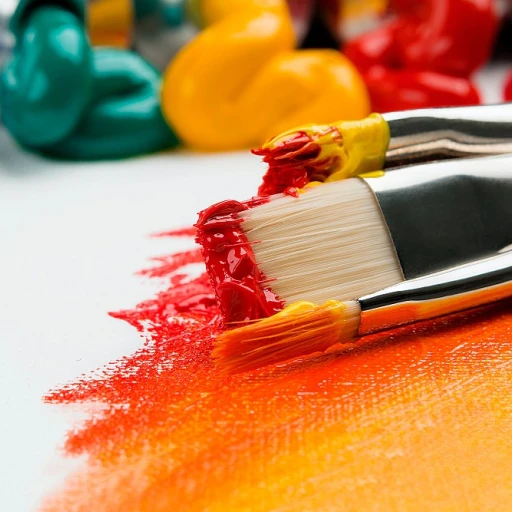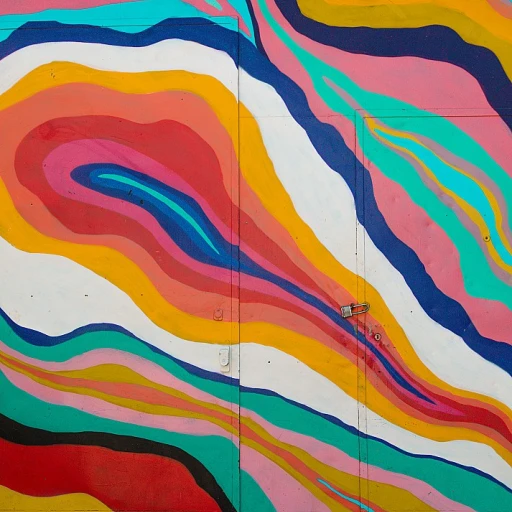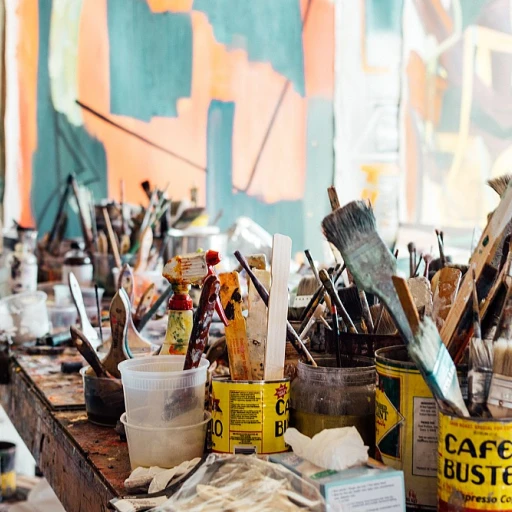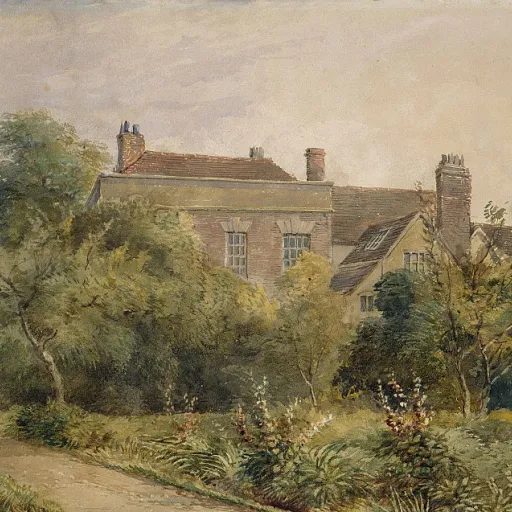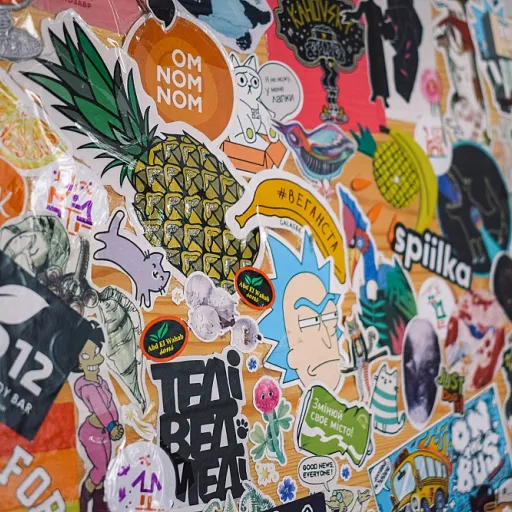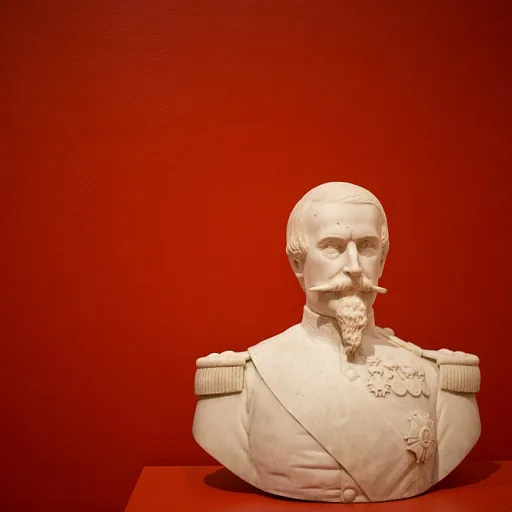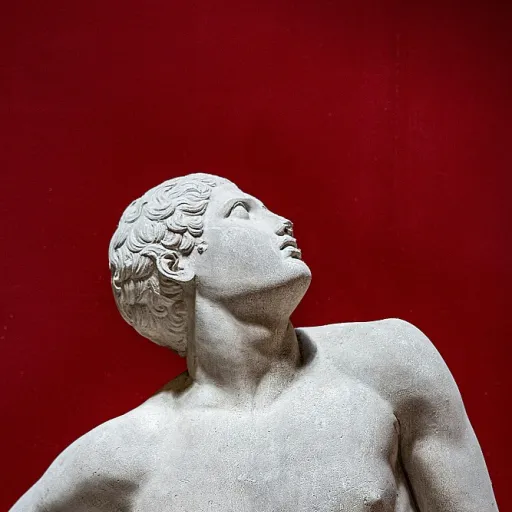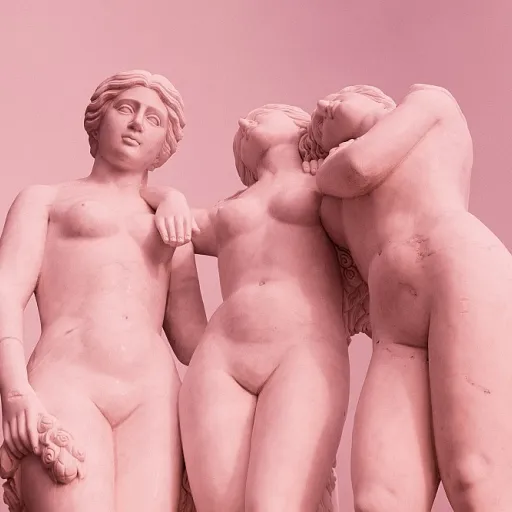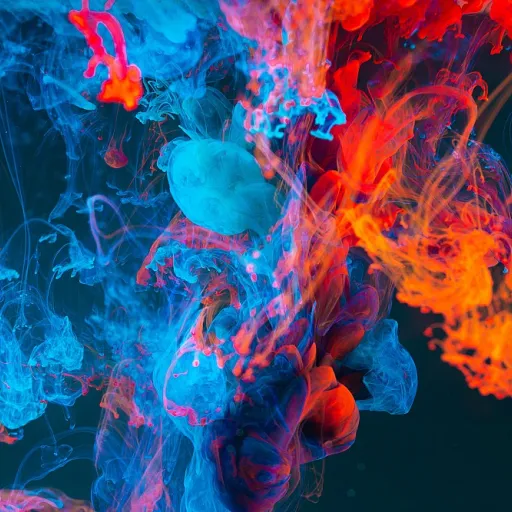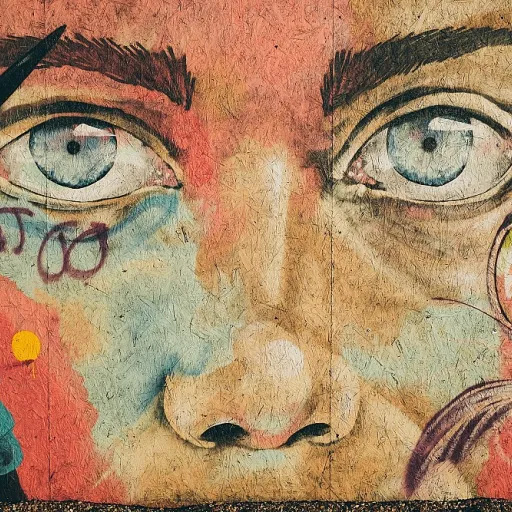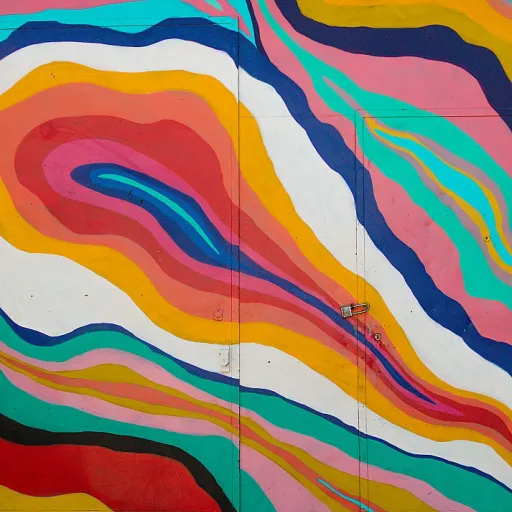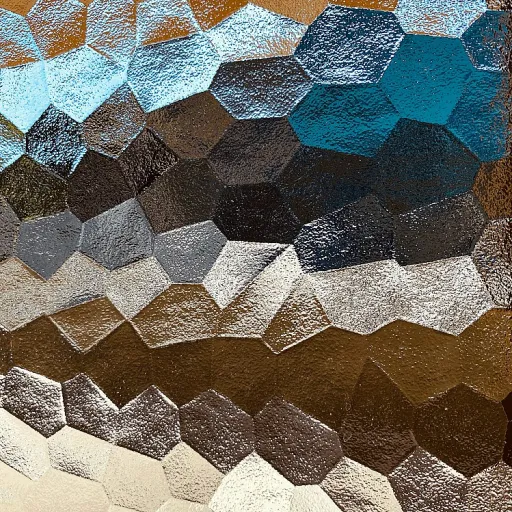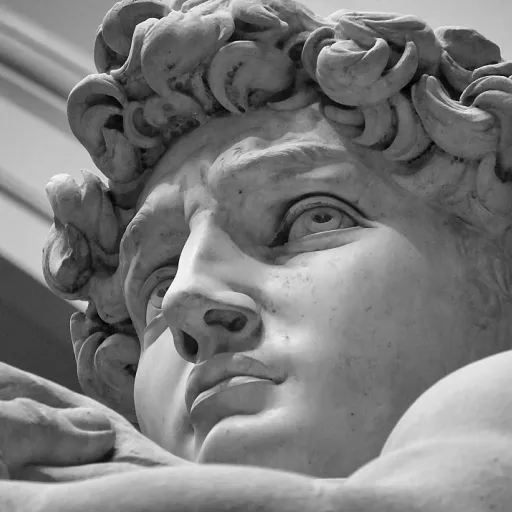-teaser.webp)
Understanding the Picture Plane
The Foundation of Traditional Techniques
Understanding the picture plane is a fundamental aspect of art that dates back to classic painting. This concept refers to the flat surface on which the artist applies their medium, such as oil on canvas, creating what appears to be a three-dimensional scene. In traditional settings, the integrity of the picture is maintained by adhering to techniques that create a window-like effect, drawing the viewer into the art. The flat surface becomes a bridge that connects the viewer with the fantasy within the frame. In art history, the picture plane has often been manipulated to create illusions. Trompe l'oeil, for example, is a technique that uses realistic imagery to open windows into new perspectives, tricking the eye into perceiving depth where there is none. These methods keep the viewer engaged by playing with personal perception. Visitors to revered museums, like the Metropolitan Museum of Art, can see such examples firsthand, where space expands beyond its initial appearance. With the evolution of technology and photography in contemporary art, artists now break the picture plane employing new resolutions and techniques. The challenge lies in transforming the two-dimensional image into a profound visual experience. In this luxurious realm, the image must share the same prestige and allure as classical paintings. By exploring the technological advancements and creative practices, photography opens up unique opportunities to redefine boundaries and captivate audiences. This exploration continues in subsequent sections, where the transformation of traditional principles into modern techniques is unraveled. For an in-depth examination of how these innovations impact the art landscape, check out this insightful blog post for a more comprehensive understanding.The Evolution of Photography Techniques
The Progression of Visual Techniques in Photography
Photography has come a long way since its inception, adapting and evolving through time to meet the ever-changing demands of artistic expression. Each era has brought about new techniques that redefine how we perceive these images. Looking back, the transformation from traditional methods to contemporary art in photography shares distinct similarities with the progression seen in painting and other art forms. As the medium advanced, so did the capabilities of photographers. The introduction of high-resolution cameras has opened a window to unimaginable detail, allowing artists to click and capture images with stunning clarity. This breakthrough not only enhanced the resolution image seen in fine art but also highlighted the possibility of creative abstraction, often referred to as ‘breaking the picture plane’. Much like oil paintings that manipulate perspective on a flat surface, modern photographic techniques enable a trompe l'oeil effect, playing with the integrity of a picture by creating a three-dimensional appearance. Techniques that significantly differ from traditional black-and-white captures allow artists to explore and experiment. This playing with edges, depth, and perception has pushed the boundaries of photography into contemporary art spaces, earning recognition in renowned locales like the metropolitan museum and beyond. In recent decades, the artistry involved in ‘breaking the picture plane’ has become central to those who seek not only to capture a moment but to dive deeper into the viewer's psychological experience. This revolutionary approach can be seen as akin to a renaissance of sorts, where contemporary photographers challenge the convention by presenting a scene that feels both flat and three-dimensional. Continued innovation in camera technology and artistic techniques suggests that future artists will likely keep pushing the limits, challenging and redefining our understanding of photography and its connection to the arts. To explore more about the related transformations in various art mediums, check out our deep dive into the evolution of acrylic artworks and its broader implications on the artistic landscape.Breaking the Picture Plane: A New Perspective
Challenging Traditional Boundaries
In contemporary art, breaking the picture plane has become a way to challenge traditional boundaries, offering a new dimension to photography that was once confined to the flat surface of a canvas. This process involves manipulating the elements within the image to bridge the gap between two-dimensional and three-dimensional art, creating a visual experience that opens a window into the unexpected. The picture plane, traditionally seen as the edge of a painting or photograph, acts as a boundary that keeps the integrity picture intact. However, when artists push beyond this boundary, they often play with the perception of space, drawing the viewer into a deeper engagement with the art. Consider photography techniques that integrate elements reminiscent of trompe l'oeil in paintings. Such techniques create an illusion that breaks the flat surface, giving the impression that the depicted objects exist in reality. The luxury photography realm carries this technique further, often utilizing high resolution image technologies to enhance the visual deception, resulting in pictures that almost seem to leap from the plane. These artistic choices mirror the rich textures and depth seen in oil canvas paintings, yet with a modern twist that resonates with today's art audiences. Artists exploring this endeavor leverage contemporary technology while paying homage to classical art forms like oil painting, offering a unique resolution image experience for spectators. In museums like the Metropolitan Museum, photography that breaks the picture plane has become more prevalent. The shift from traditional art history forms to contemporary, dynamic visuals reflects the evolving tastes of art lovers who seek more interactive and immersive artworks. For those fascinated by these concepts, diving deeper into the artistry and technique can reveal new dimensions. This approach not only redefines what photography can do but also expands how we interpret and appreciate visuals in spaces such as 'image metropolitan' art website and other platforms focused on luxury creations.Exploring the boundaries of picture plane in luxury artwork would typically involve understanding the nuances and emerging techniques, and visiting art museums or platforms can provide deep insights. To know more about the artistry involved in creating luxurious depth in artworks, you can explore this link.
Luxury Artwork and Its Unique Challenges
Luxury Photography: Navigating Unique Challenges
In the realm of luxury artwork, photography stands as a unique medium that challenges traditional notions of the picture plane. Unlike oil paintings on canvas, which have long dominated the art world, photography offers a flat surface that can both capture and transcend reality. This opens a window into a three-dimensional space, allowing artists to break the picture plane in innovative ways.
Luxury photography often grapples with the integrity of the picture, as high-resolution images demand a level of detail and precision that can be both a blessing and a curse. The challenge lies in maintaining the essence of the art while pushing the boundaries of the medium. This is particularly evident in contemporary art, where the edge of the image becomes a critical element in the composition.
Another challenge is the balance between the traditional and the modern. As photography techniques evolve, artists must decide whether to keep the picture within the confines of established norms or to venture into new territories. This decision often involves a delicate dance between the familiar and the avant-garde, much like the trompe l'oeil techniques used in historical art to create an illusion of depth on a flat surface.
Luxury artwork also faces the challenge of audience perception. As viewers click and share images online, the context in which art is consumed changes. The digital space offers both opportunities and obstacles, as the resolution of an image can alter its impact. The art website and museum art platforms, such as the Metropolitan Museum, play a crucial role in preserving the integrity of these works while adapting to the digital age.
In conclusion, luxury photography is a dynamic field that continues to evolve. By breaking the picture plane, artists not only redefine the boundaries of their medium but also challenge us to see the world through a new lens. As we move forward, the dialogue between tradition and innovation will undoubtedly shape the future of this captivating art form.
Notable Artists and Their Contributions
Influential Figures in the Realm of Luxury Photography
In the world of luxury artwork, certain artists have made significant contributions by breaking the traditional picture plane, offering a fresh perspective that challenges the conventional boundaries of photography. These artists have not only embraced the evolution of photography techniques but have also pushed the limits of what can be achieved on a flat surface, creating images that resonate with depth and complexity.
One of the key figures in this domain is known for their ability to transform the picture plane into a dynamic space that opens a window into new dimensions. Their work often plays with the edge of the canvas, creating a three-dimensional effect that captivates the viewer. This approach is reminiscent of the trompe l'oeil technique in painting, where the integrity of the picture is maintained while simultaneously being challenged.
Another notable artist has mastered the art of high-resolution images, capturing the essence of contemporary art through a lens that emphasizes clarity and detail. Their work often features a blend of oil canvas textures and digital enhancements, creating a unique fusion that stands out in the realm of luxury photography. This artist's ability to keep the picture both flat and expansive is a testament to their innovative approach.
These artists, among others, have contributed to a rich tapestry of luxury artwork that continues to evolve. Their work is often showcased in prestigious venues such as the Metropolitan Museum, where the intersection of art history and modern techniques is celebrated. By breaking the picture plane, they have opened new avenues for artistic expression, inviting viewers to click and share their experiences with these captivating images.
The Future of Luxury Photography
Envisioning Tomorrow's Luxury Photography
The future of luxury photography is poised to redefine the boundaries of the picture plane, offering a fresh perspective on how we perceive and interact with images. As technology advances, the integration of high resolution images and innovative techniques will continue to challenge the traditional flat surface of photography, much like the evolution of painting in art history.
Luxury artwork, with its unique challenges, demands a delicate balance between maintaining the integrity of the picture and breaking new ground. The use of trompe l'oeil effects and three-dimensional illusions opens a window into new realms of creativity. This approach not only enhances the visual appeal but also engages viewers in a more immersive experience.
Incorporating elements from contemporary art, luxury photographers are exploring ways to keep the picture dynamic and engaging. The edge of the picture plane is no longer a boundary but a starting point for innovation. As we move forward, the role of digital platforms and art websites will be crucial in sharing these groundbreaking works with a wider audience.
Institutions like the Metropolitan Museum and other museum art spaces are likely to play a pivotal role in showcasing these advancements. By hosting exhibitions that highlight the intersection of technology and art, they provide a platform for artists to share their vision and for audiences to click and engage with these high-resolution images.
Looking ahead, the months of March, June, and September could see significant developments in the field, with artists pushing the boundaries of what is possible. Whether through the use of oil on canvas or digital mediums, the future of luxury photography promises to be as dynamic and captivating as the art forms that preceded it.

